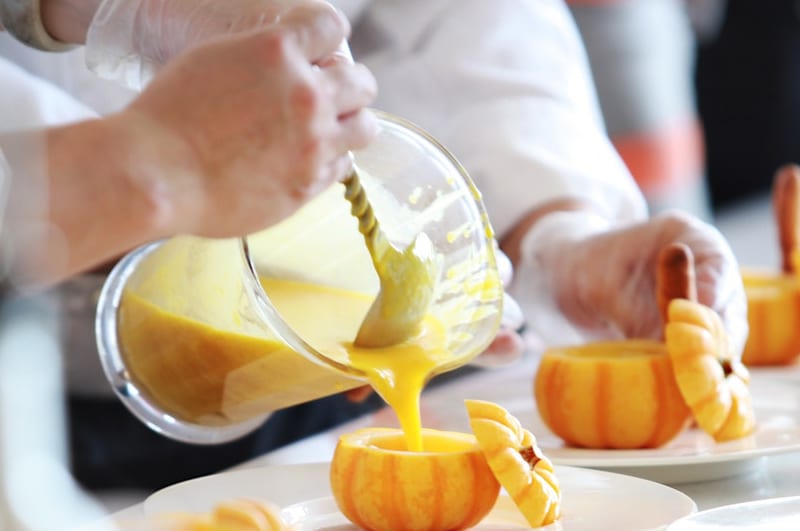Burn injuries on the job happen in many different ways, and may be caused by heat, electricity, or exposure to caustic chemicals. Burn injuries can and do occur in many different industries. But, those at highest risk for work-related burn injuries aren’t necessarily those working in what we think of as dangerous professions.
Data from the U.S. Bureau of Labor Statistics (BLS) shows that an average of 1.4 of every 10,000 workers in private industry across the country suffer thermal (heat) burns on the job each year. In the restaurant industry, the rate is 9.1 per 10,000 workers. That means a restaurant worker is 6.5 times as likely to suffer a thermal burn at work than the average U.S. worker.
Those in other food-service-related jobs don’t fare much better. Both “food services” and “speciality food services” see thermal burn injuries at rates near those of restaurant workers. Other industries with high rates of burn injuries include manufacturing and construction.
Occupational Burn Injuries
Some of those injuries are serious. According to the American Burn Association (ABA), 8% of the approximately 30,000 patients admitted to burn centers for treatment each year sustained their burns on the job. That’s about 2,400 people, not including those who are admitted to other hospital facilities. Across one 10-year study, more than 1.1 million Americans were treated in emergency departments for work-related burn injuries. That’s an average of about 110,000 per year.
About 12,000 restaurant burn injuries are reported each year, but the actual number is likely higher. Minor injuries often go unreported.
Causes of Restaurant Burn Injuries
One of the most common types of burn injuries in the restaurant industry is scalding. Scalding occurs when hot liquid comes in contact with the skin. These injuries occur in a variety of way, including:
- Spilling boiling water or other liquids
- Being splashed with hot grease
- Steam burns
Grease burns are often more severe. However, boiling water can also cause third degree burns and serious injury.
Other common burn hazards in restaurants include:
- Coming in contact with hot objects, such as fryer baskets and grill surfaces
- Grease fires
- Contact with caustic chemicals in cleaning
- Use of pressurized cooking equipment and commercial dishwashers
- Electrical hazards, such as worn cords and wet clean-up
Some burn injury victims recover quickly. But, more serious burn injuries can take time to heal. In one long-term study of hospitalized burn patients, a small but significant percentage had not returned to work at the one-year mark.
Avoiding Burn Injuries on the Job
Many of the precautions that help restaurant and other food service employees avoid burn injuries in the workplace are in the employer’s hands. For example, grill guards, self-dumping fryers, and fryer baskets that lower automatically can all reduce the risk of accidental burns in the restaurant kitchen. But, there are safety measures restaurant workers can take, too. These will vary somewhat depending on set-up, but the Occupational Safety and Health Administration (OSHA) provides some general safety tips, including:
- Always open a pan lid away from you, so the steam rushes out away from you rather than toward you
- Shake ice crystals off of frozen food items before dropping them into hot grease, to avoid splattering
- Make sure to use any protective equipment, such as gloves, that is available and appropriate to the task
- Lower food into boiling water with tongs or another implement rather than dropping it in
- Never use a damp towel, glove, or pot holder to lift or touch something hot
- Know where the first aid kit is and how to treat burn injuries–recommendations differ depending on how serious the burn is
If you’ve suffered a burn injury or other injury on the job and require medical care or have lost work time due to the injury, you may be entitled to workers’ compensation benefits. In both Massachusetts and New Hampshire, workers’ compensation benefits are generally available to people injured in the course of employment, regardless of fault.
To learn more about your rights and options after a work injury, schedule a free consultation with attorney Kevin P. Broderick. Just call 978-459-3085 or fill out the contact form on this site.

